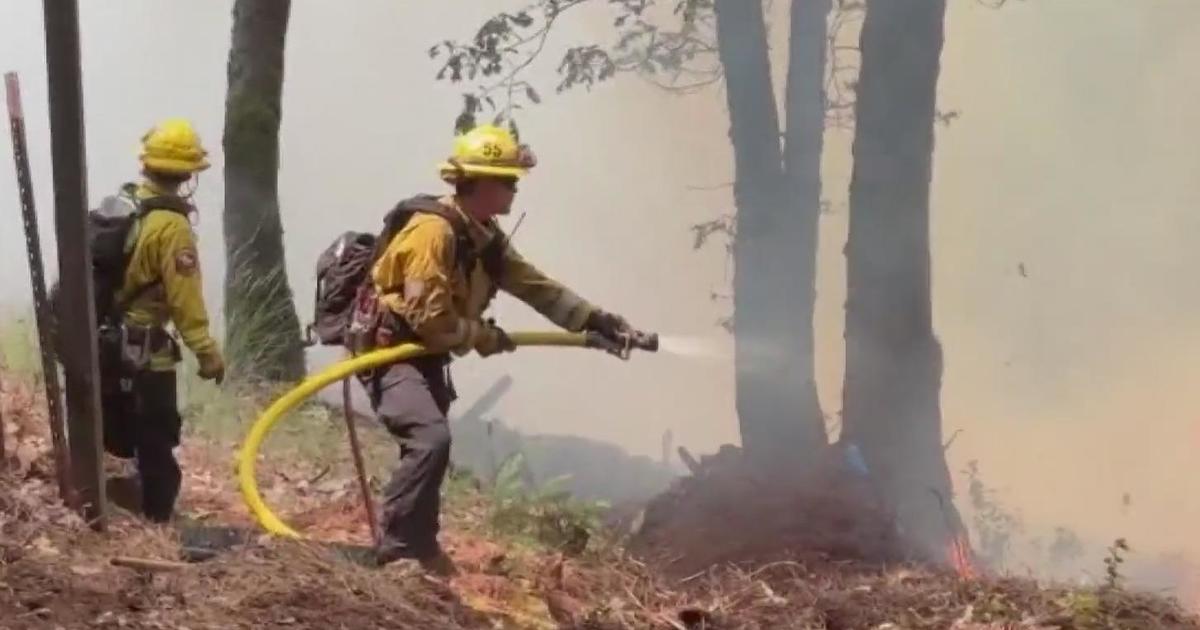SACRAMENTO — When a wildfire rips through your community, your life and home are likely top of mind, but what about your brain health?
A new study released Monday, at the Alzheimer’s Association International Conference found that wildfire smoke is linked to heightened risk of a new dementia diagnosis.
The research was conducted in California over a span of 10 years, analyzing the health records of more than 1.2 million socioeconomically diverse Kaiser Permanente members who were 60 years or older and had not previously been diagnosed with dementia.
“What we want to do is encourage people to be aware and mitigate any risks by doing what they can to reduce them,” said Niki Rubarth, regional director for the Alzheimer’s Association of Northern California.
The study’s findings could not be more timely. The fast-moving Park Fire continues to force evacuations in Butte, Shasta, Tehama and Plumas counties. It is currently the fifth-largest wildfire in California history, burning more than 383,000 acres as of Tuesday morning.
“There’s a greater concentration of toxic chemicals in wildfire smoke. Wildfires burn everything in their path so that can be anything,” Rubarth said.
That toxic wildfire smoke can be hazardous to your brain, the study found. The report details that wildfire smoke, vehicles and factories all emit a type of air pollution called fine particulate matter or PM2.5.
Researchers revealed that the risk of dementia diagnosis due to exposure to PM2.5 in wildfire smoke was notably stronger, even with less exposure, than the risk posed by other sources of PM2.5 air pollution.
Exposure to non-wildfire PM2.5 does still come with an elevated dementia risk, but not as high as wildfire smoke.
“Previous research has found that exposure to PM2.5 is associated with dementia, but in light of our large, long-term study, it’s apparent the risk from exposure due to wildfire smoke is an even bigger concern,” said Holly Elser, M.D., Ph.D., an author of the study, in a news release on the new research. “Air pollution produced by wildfires now accounts for more than 70% of total PM2.5 exposure on poor air quality days in California. This is a real problem.”
So who is most at risk? It’s not as simple as narrowing it down to people who live in areas prone to wildfire, considering wildfire smoke travels.
“It’s lower-income people. It’s people in a lower socioeconomic level who experience the greatest threat. People who may not have control over the air filtration in their homes, if they are renters and their landlords don’t replace those air filters very frequently or maybe they are not able to replace them themselves, there is a risk there,” Rubarth said.
There is also a greater risk to people who work outside.
What should people do in their homes to protect from the wildfire smoke and its impact on their health?
“Making sure you have adequate, efficient filtration, changing your air filters or make sure they are getting changed and your filtration system is being cleaned,” Rubarth suggested.
It is also suggested that when the air quality is unhealthy, people wear an N95 mask when outdoors to reduce risk.

